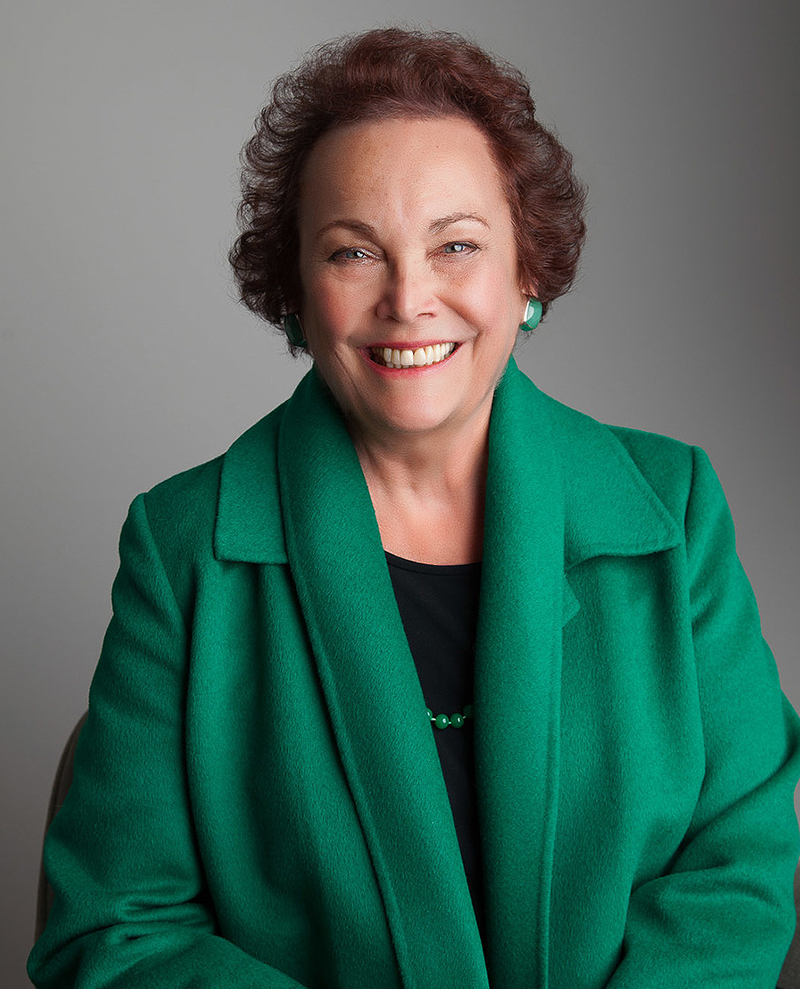
Bonnie Pitman
The Edith O’Donnell Institute of Art History at UT Dallas will launch a new website Oct. 31 with access to documents addressing an intriguing question in medicine: How can looking at works of art help medical students be better doctors?
The institute’s Art and Medicine website will include research and programming on the innovative partnerships between art museums and medical schools developing initiatives for students to strengthen their diagnostic and clinical skills through art. The website also will host documents from the first national forum examining art museum and medical school partnerships bridging the arts and sciences through collaborative programs.
“Art museums are playing a unique role in training medical students, residents and physicians,” said Bonnie Pitman, forum organizer and an O’Donnell institute distinguished scholar in residence. “These programs, which were the focus of our forum, are providing students with the skills they need to make better observations and improve their ability to articulate their findings when making a diagnosis and communicating with patients.”
Pitman notes that actively engaging with original works of art helps students improve their ability to listen, make careful observations, navigate ambiguity, collaborate and communicate different points of view.
The Art of Examination: Art Museum and Medical School Partnerships, organized and sponsored by the institute in June, saw 135 professionals from institutions throughout the country convene at the Museum of Modern Art in New York for two days to share their research and programs.
Attendees included the Columbia University College of Physicians and Surgeons, Harvard Medical School, University of Michigan Medical School, University of Texas Southwestern Medical School and the Yale School of Medicine. Sixty art museums participated, including the Art Institute of Chicago; Dallas Museum of Art; the Frick Collection; Metropolitan Museum of Art; Museum of Fine Arts, Boston; Rhode Island School of Design Museum of Art and Yale Center for British Art.
Resources on the Art and Medicine website include a bibliography, program descriptions for 70 national programs, a forum report, presentations in both video and PowerPoint format, and the forum’s participant roster.
“A particular focus of the Art and Medicine initiative is expanding research on the power of works of art to help improve medical professionals’ quality of patient care and to support the medical profession.”
Bonnie Pitman, Edith O’Donnell Institute of Art History distinguished scholar in residence
“The Edith O’Donnell Institute of Art History hopes to further these collaborations in art and science that were shared in the forum in recognition and exploration of the deep connection between the creative process and the healing process,” Pitman said. “A particular focus of the Art and Medicine initiative is expanding research on the power of works of art to help improve medical professionals’ quality of patient care and to support the medical profession.”
Locally, Pitman teaches a course at UT Southwestern Medical School in conjunction with Dr. Heather Wickless and Amanda Blake, interim director of education at the Dallas Museum of Art.
The class, titled Art of Examination: Art and Medical Diagnosis, is open to first- and second-year students, and held at the DMA using its collections.
Wickless, an assistant professor of dermatology at UTSW, said that observing the works — a sculpture by Henry Moore or the portraits of John Singleton Copley, for instance — gives medical students the chance to bridge their training to the museum experience.
“Not only do our students hone their observation skills, the class provides them a chance to take a break from their intense medical studies and focus on other qualities and attributes that are vital to their careers as physicians, such as physician self-care and prevention of burnout,” she said. “When students discuss their thoughts and feelings evoked by various works of art with one another, it fosters an understanding that we all see things in different ways and that the 'right' answer sometimes depends on the vantage point of the observer.”
The course, and many others like it, also involve meditation and creative arts including life drawing, narrative writing, creative movement and music composition in an effort to help expand medical students’ observational acumen and diagnostic capabilities.
“The work of Bonnie Pitman at the nexus of art and medicine is bold, imaginative and utterly necessary,” said Dr. Richard R. Brettell, founding director of the O’Donnell institute and the Margaret M. McDermott Distinguished Chair of Art and Aesthetic Studies. “The walls between the two disciplines come tumbling down when she enters a room. Hers is new research at its best and supports the broadest mission of the Edith O’Donnell Institute of Art History.”